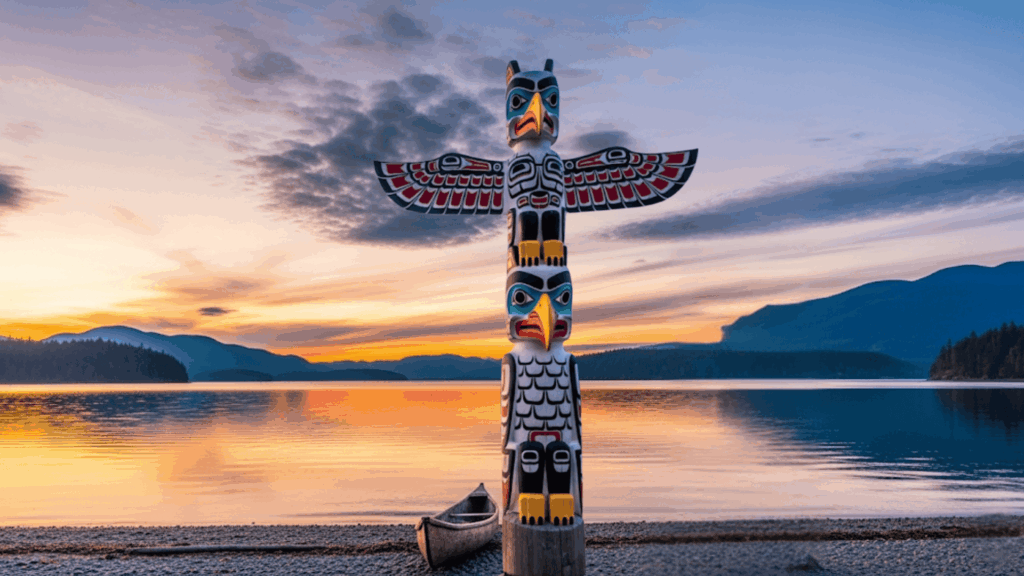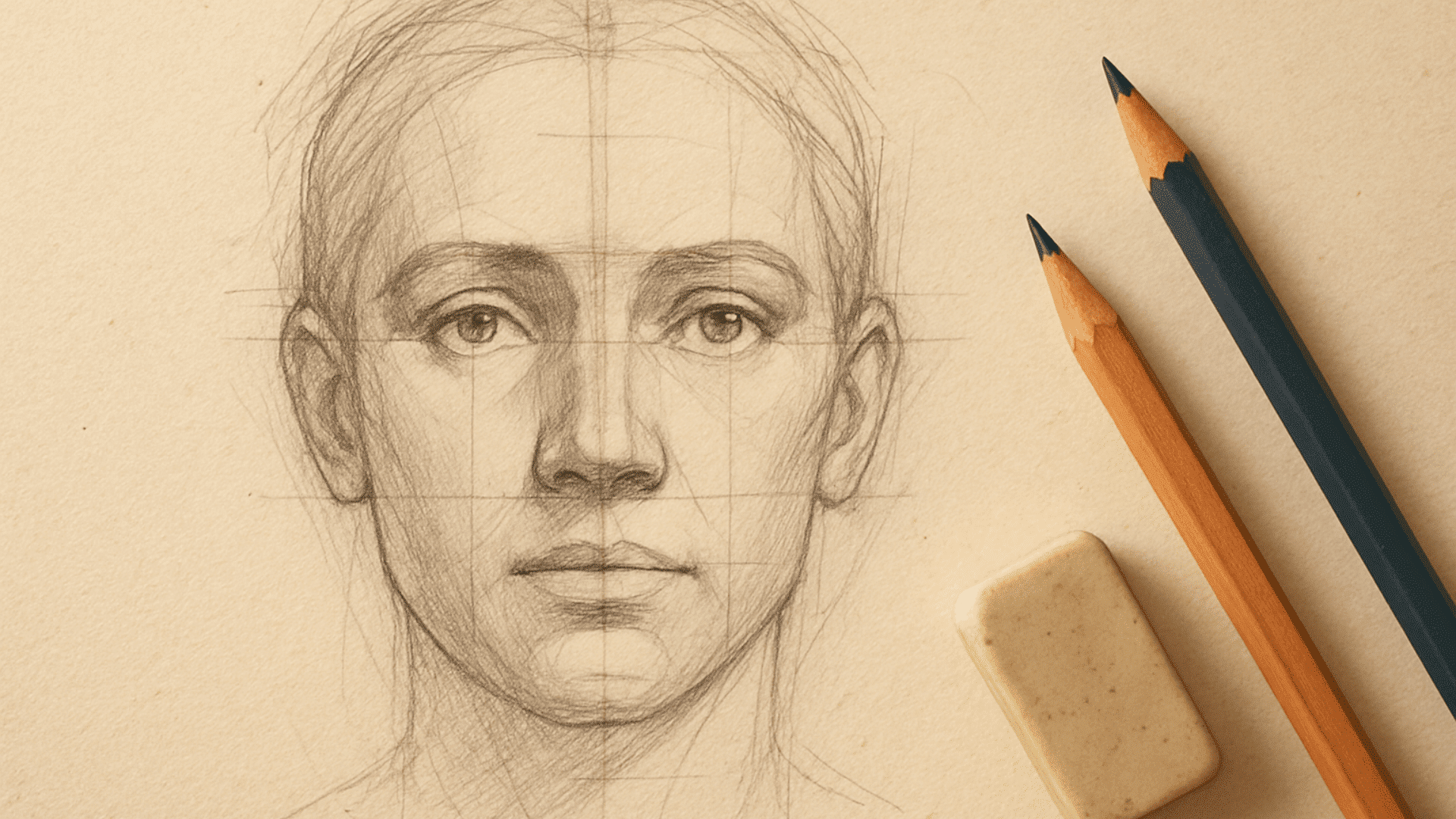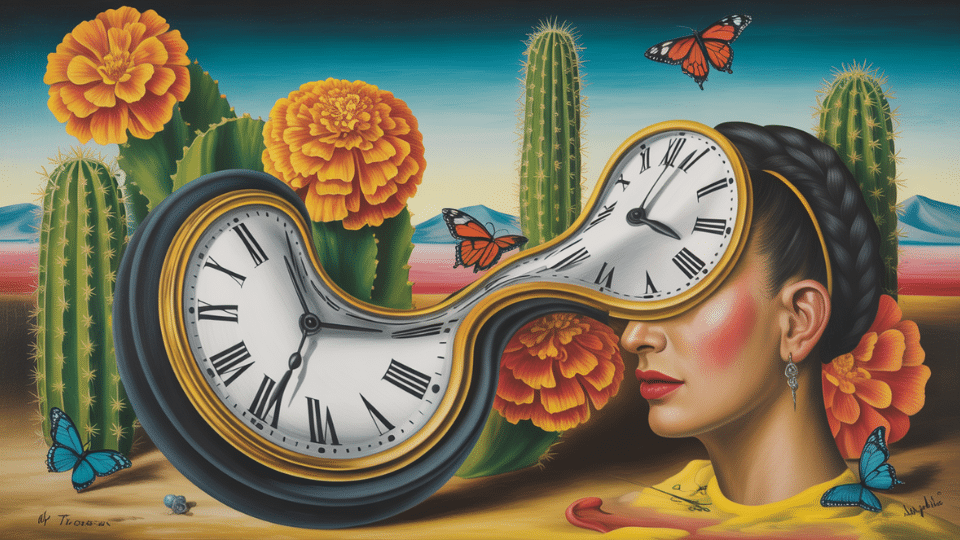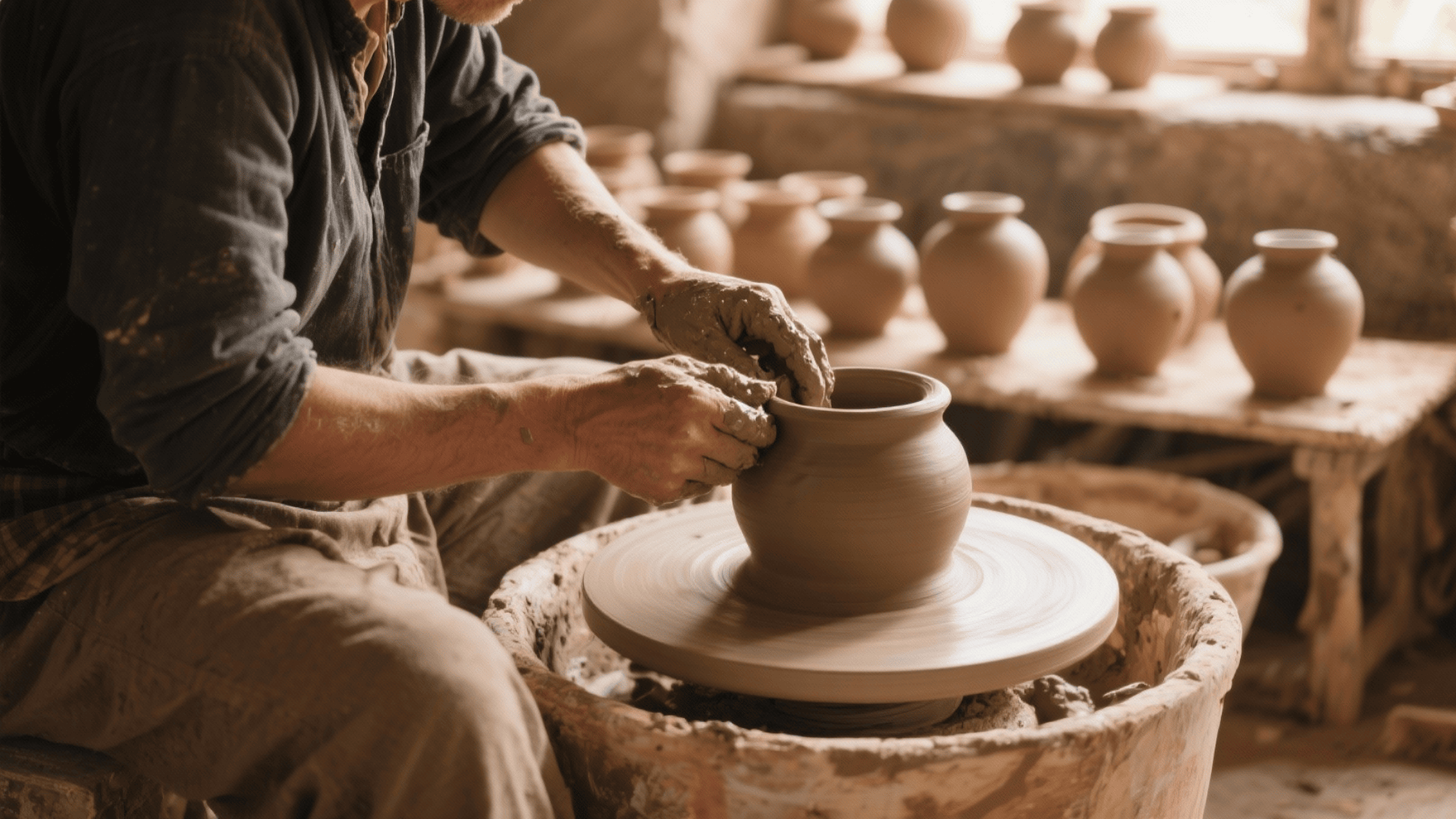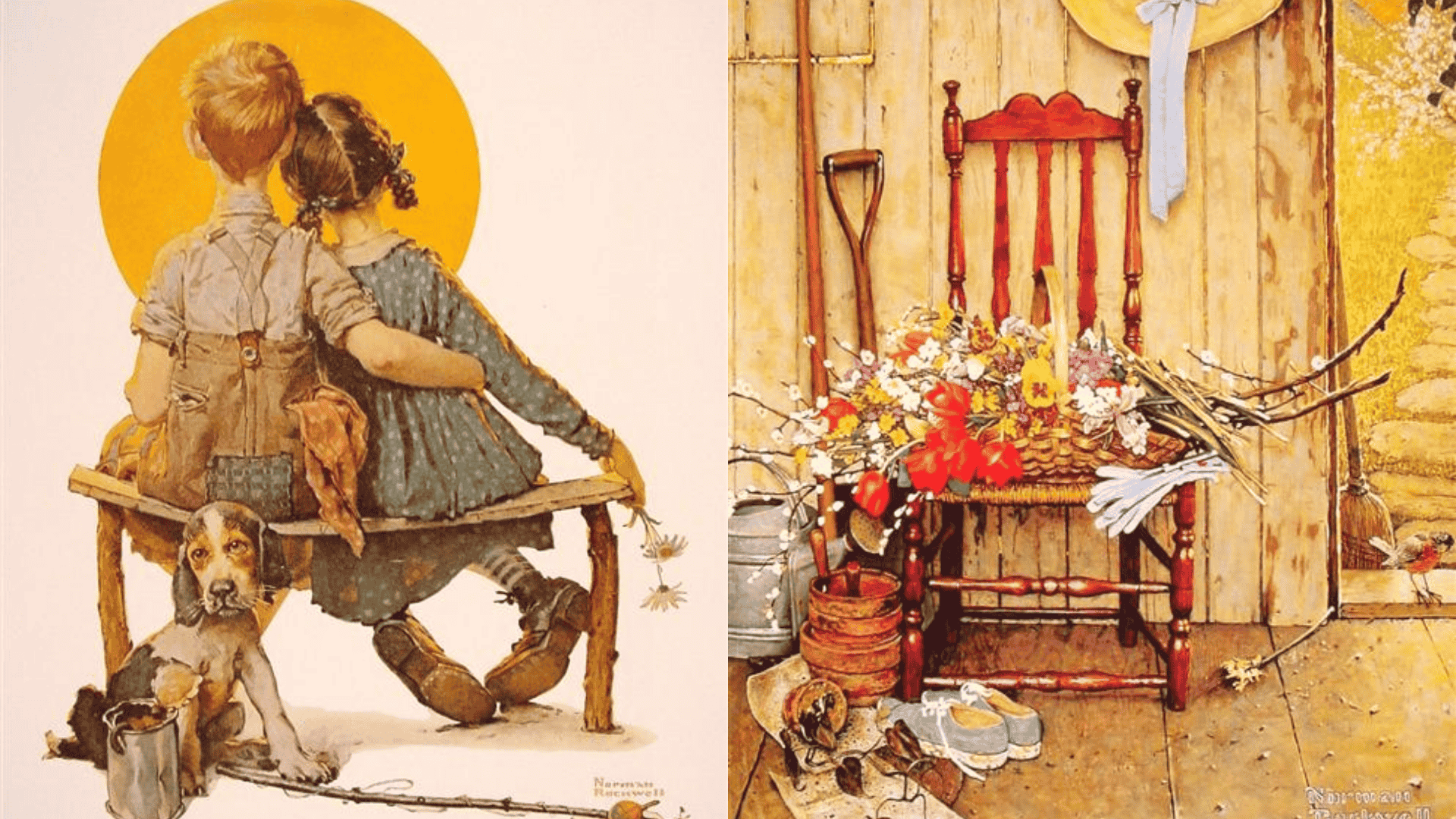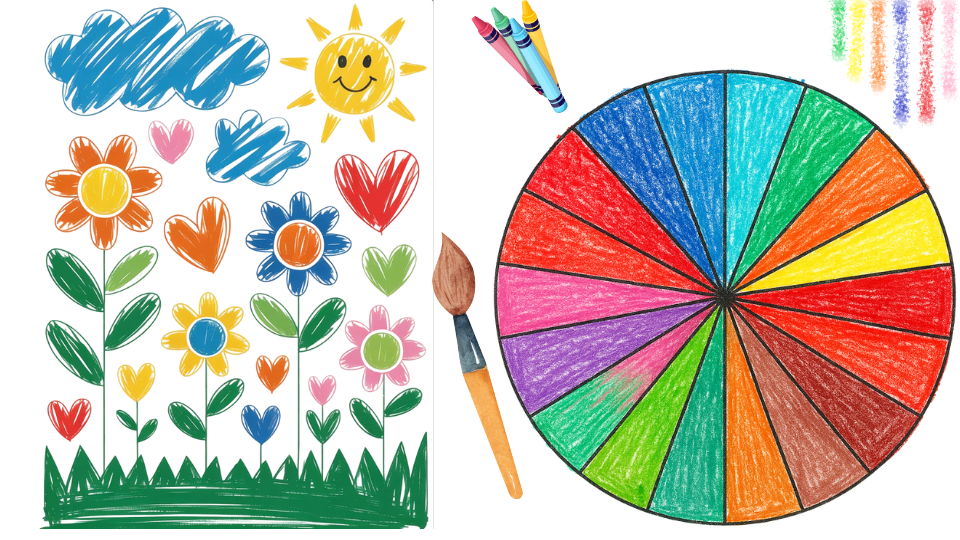Totem poles are among the most intriguing works of art in Native American culture, rich in meaning, history, and powerful stories.
Have you ever looked at one and wondered what the carvings really mean? These tall wooden monuments are more than decoration; they are storytellers carved into cedar, holding the wisdom of ancestors, clans, and myths.
Each animal, color, and figure has a message, teaching lessons about community, respect, and identity. From honoring the past to inspiring the present, totem poles connect people to their heritage in a way that feels alive and timeless.
Ready to uncover their secrets? Let’s plunge into the world of Native American totem poles and see what they truly reveal!
The History of Native American Totem Poles
Totem poles have a long and meaningful history in Native American culture, especially among Pacific Northwest Coast tribes.
Early carvings appeared as house posts and smaller figures before full-sized poles became common in the 1800s, made possible by the use of metal tools and the wealth generated from trade.
European contact, particularly through the maritime fur trade, brought a rise in pole-making but later caused a decline due to assimilation policies in the U.S. and Canada.
In the 20th century, Indigenous communities made significant efforts to revive the tradition, with groups like the Sealaska Heritage Institute spearheading restoration projects. Today, totem poles remain powerful symbols of culture, identity, and storytelling.
How Native American Totem Poles Are Constructed?
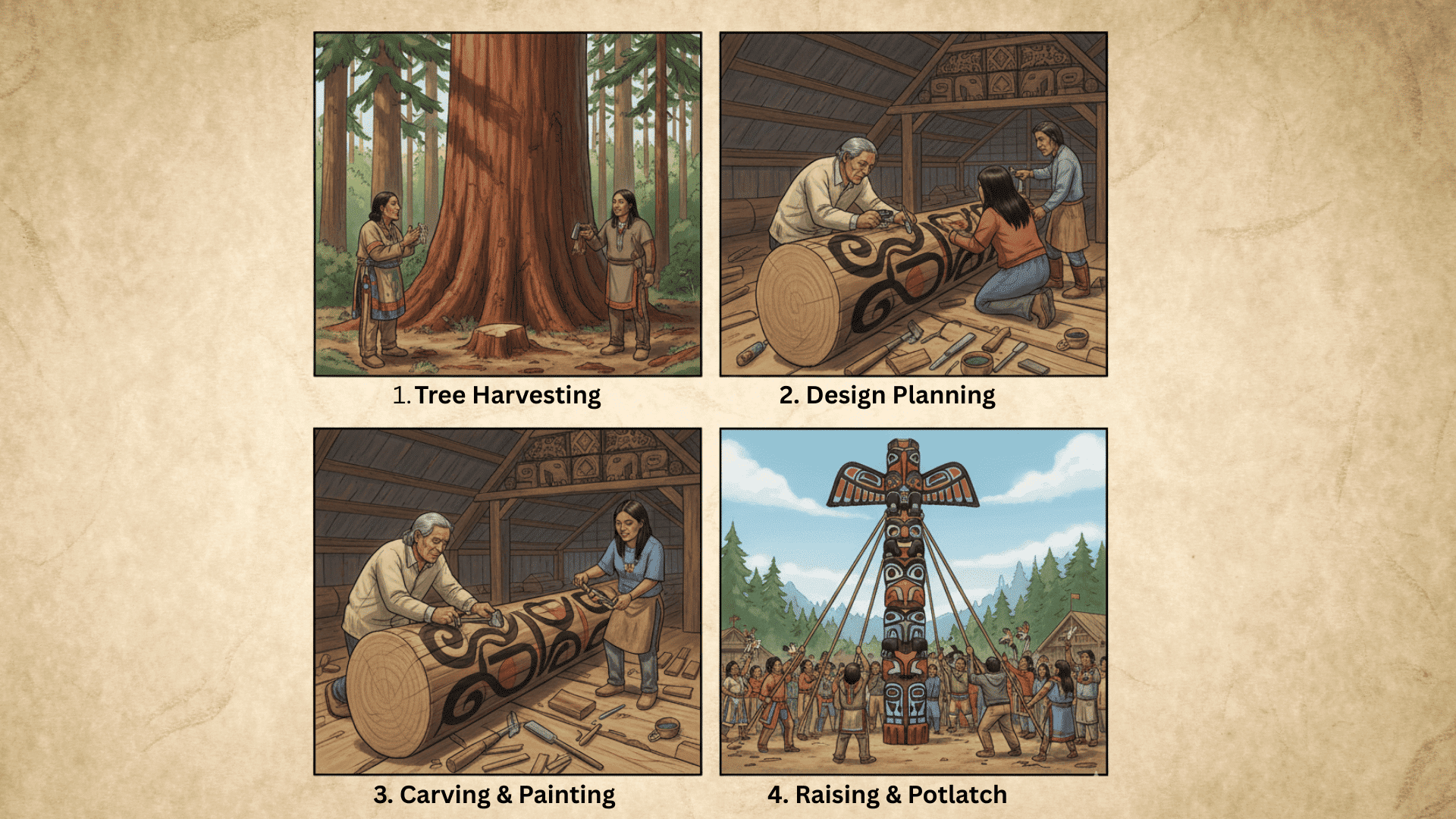
Native American totem poles are monumental carvings that embody cultural heritage, spiritual beliefs, and community identity. Their creation blends artistry with ritual, reflecting deep respect for nature.
Step-1: Tree Harvesting
Totem poles are carved from western red cedar, chosen for its strength and workability, with ceremonies held to honor the tree. The selection and harvesting involve community respect, ensuring the tree’s role in both cultural and spiritual life.
Step 2: Design Planning
Carvers, guided by community input, design figures that represent clan ancestry, legends, and symbolic beings. Elders ensure cultural accuracy, and the finalized plan is carefully prepared to endure for generations.
Step 3: Carving Details
Traditionally carved from the top down with stone or iron tools, totem poles demand great skill, patience, and training. Master carvers, aided by apprentices and encouraged by the community, bring cultural stories to life through their work.
Step 4: Finishing & Raising
Once painted with natural pigments such as ochre, charcoal, and copper, the totem pole is raised during a potlatch. This colorful, communal ceremony is both a physical and spiritual act, celebrating unity and the pole’s completion.
Native American totem poles are more than artistic creations; they are living records of culture and kinship. Their construction continues to inspire respect, continuity, and a sense of community pride.
Types of Totem Poles and Their Unique Features
Native American totem poles vary greatly in purpose, design, and regional tradition, each serving as a visual record of culture and identity. They embody stories, honor people, and welcome communities.
| TYPE/STYLE | UNIQUE FEATURES |
|---|---|
| House Frontal Poles | Carved into dwellings, often forming entrances and displaying clan emblems. |
| Memorial & Mortuary Poles | Raised to honor the deceased or commemorate significant events. |
| Free-Standing Poles | Storytelling poles or welcome signs are common among Coast Salish communities. |
| Regional Styles | Northern poles feature stacked figures; southern designs emphasize a single figure. |
| Heraldic Poles | Represent family lineage, crests, and social status. |
| Ridicule Poles | It has been used historically to shame individuals or groups through satire. |
| Modern Interpretations | Blend traditional motifs with contemporary artistic expression. |
Native American totem poles exemplify cultural resilience and evolving artistry, symbolizing identity, memory, and community pride.
The Cultural Significance & Meaning of Native American Totem Poles
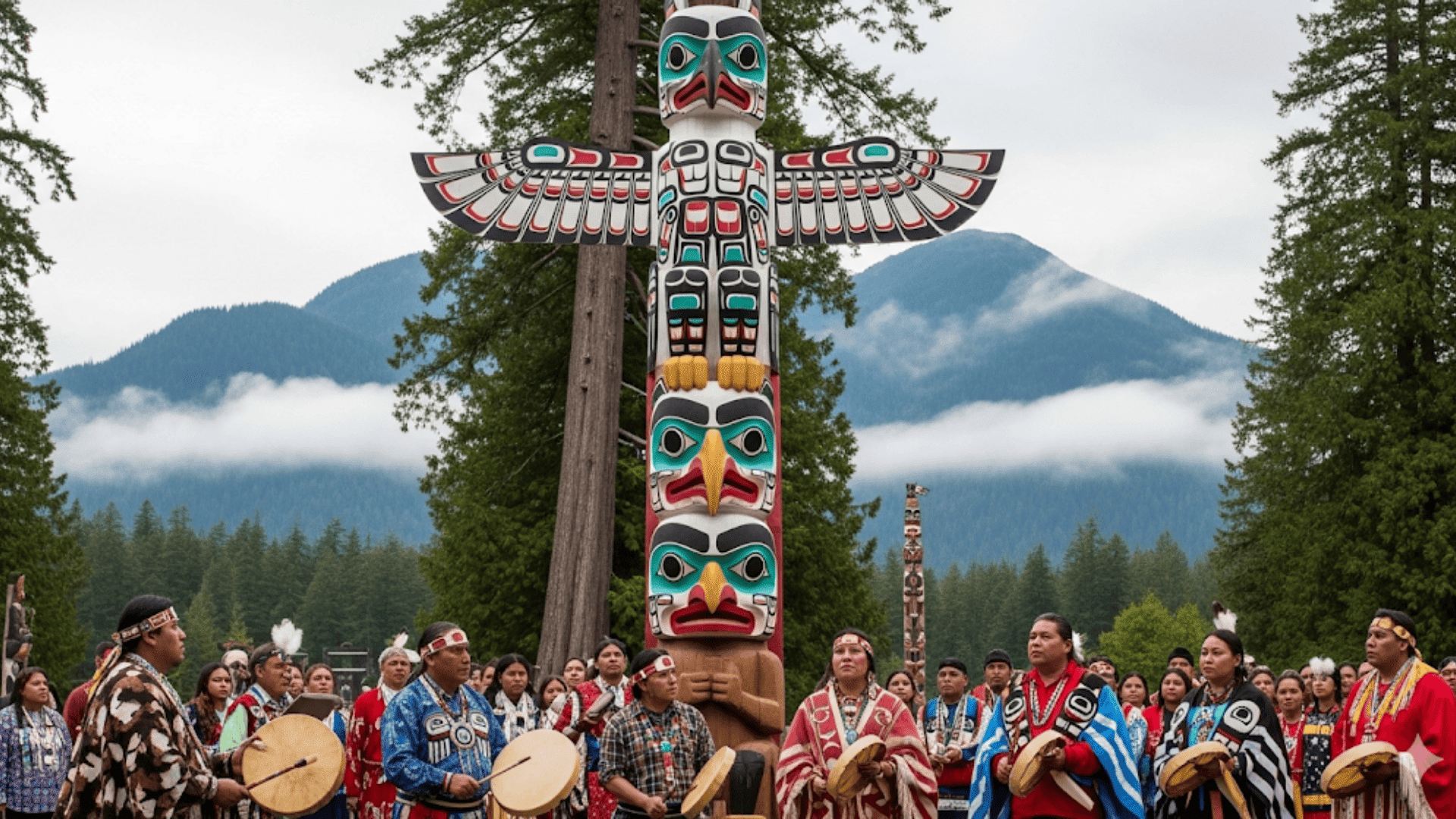
Native American Totem poles hold deep cultural importance for Native American tribes of the Pacific Northwest Coast. Far from being idols of worship, they serve as powerful storytellers, preserving histories, values, and family identities through intricate carvings.
- Symbolic Representations: Figures depict ancestors, animals, and supernatural beings, often serving as family crests.
- Role in Society: Totem poles appear in potlatch ceremonies, as status markers, or even mortuary monuments.
- Clan and Moiety Systems: Carvings reflect balance within groups like Raven and Eagle among the Tlingit and Haida.
- Animal Symbols: Ravens symbolize creation, while Eagles stand for leadership and honor.
- Misconceptions: Totem poles are not objects of worship but symbols of heritage and storytelling.
These poles connect past and present, blending artistry with cultural meaning. They remain lasting reminders of Indigenous identity and resilience.
Regional Styles & Artistic Variations of Native American Totem Poles
Totem pole styles vary significantly; they reflect the unique traditions and environments of different Native American tribes. Each region developed its own approach, shaping how stories and symbols are expressed.
| REGION/TRIBE | ARTISTIC STYLE | NOTES |
|---|---|---|
| Haida | Bold, highly stylized carvings | Known for dramatic forms and deep-cut details. |
| Tlingit | More naturalistic realism | Figures often resemble lifelike human or animal features. |
| Pacific Northwest Coast | Influenced by a moist climate | Poles decay in about 60–80 years, requiring renewal or replacement. |
These variations emphasize cultural diversity and environmental issues. They demonstrate how totem poles embody a balance of art, identity, and resilience.
Famous Totem Poles & Examples
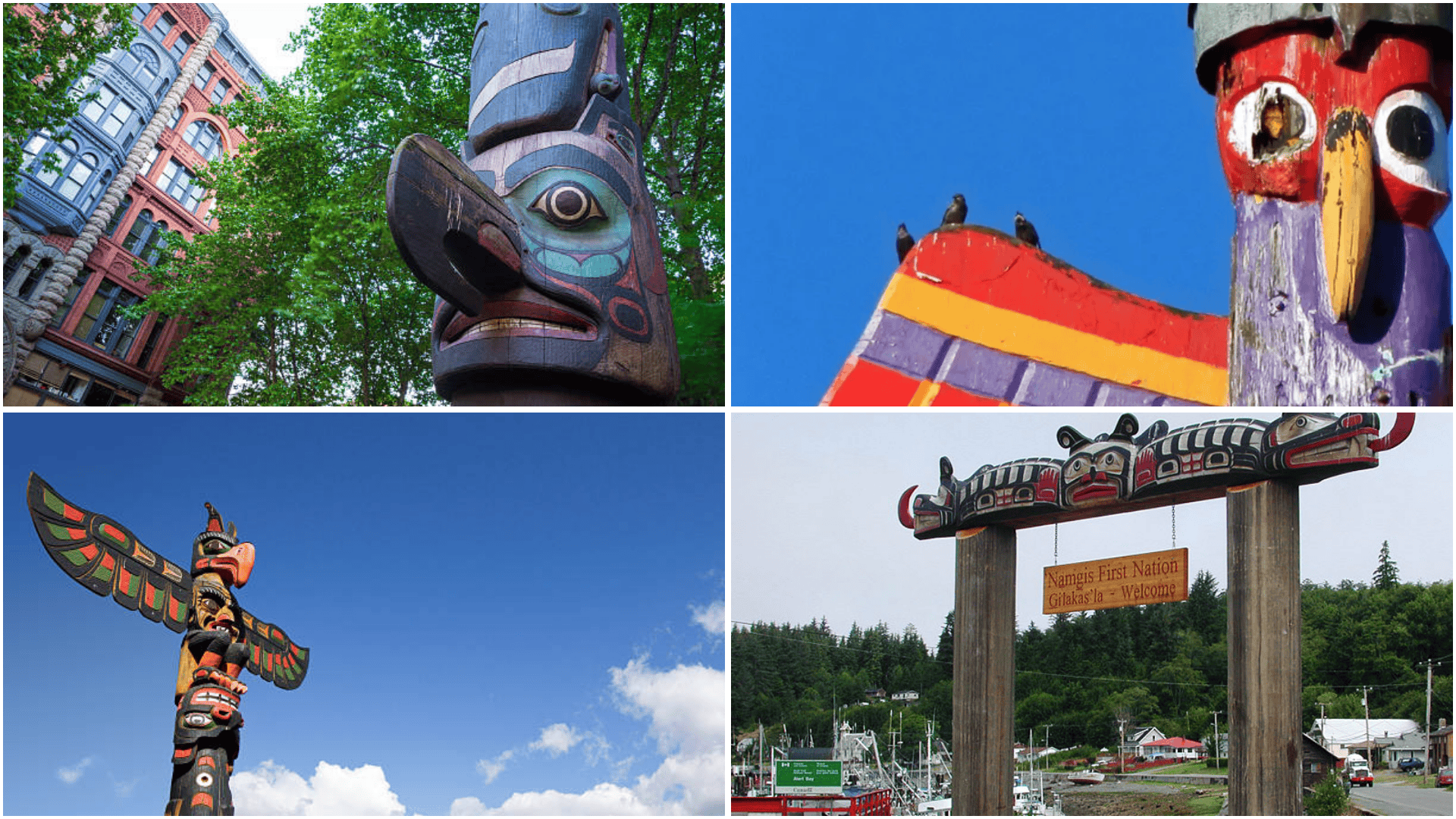
Throughout history, many totem poles have gained recognition for their size, artistry, and cultural importance. Some stand outdoors in communities, while others are preserved in museums for education and protection.
- Seattle’s Pioneer Square Pole: A replica of an 18th-century Tlingit pole, originally taken and later replaced.
- Alert Bay, British Columbia: Home to one of the world’s tallest totem poles.
- McKinleyville, California: Known for another record-breaking tall pole, symbolizing community pride.
- Victoria, British Columbia: Features a towering pole in Thunderbird Park.
- 19th-Century Museum Poles: Preserved examples offer a window into early carving traditions.
These iconic poles embody both craftsmanship and storytelling. They remain a source of global respect for Native heritage.
Totem Poles in Modern Times: Preservation and Cultural Revival
Today, totem poles face challenges such as decay from wet climates and damage from age.
Many were also removed in the past by collectors, such as the famous pole that was once taken to Seattle’s Pioneer Square. To protect this heritage, restoration programs, such as those by the U.S. Forest Service, help preserve older poles.
New generations of carvers, including artists such as Alison Marks, continue the tradition with innovative designs. Museums and parks, such as the Totem Heritage Center, share their history with the public.
Indigenous-led projects, global exhibitions, and careful discussions about ownership ensure these poles remain respected symbols of culture and identity.
Conclusion
Totem poles are more than wooden carvings; they are living storytellers that connect Native American communities to their history, values, and traditions.
From the careful harvesting of cedar trees to the detailed carvings and colorful finishes, each step honors both nature and culture.
The animals, figures, and colors are not random decorations but symbols that carry deep meaning about family, ancestry, and beliefs.
Even today, tribes continue to carve new poles and restore old ones, keeping this art form alive for future generations.
The next time you see a totem pole, look closely; you might uncover a story hidden within its design.
Ready to explore the wisdom of Native American totem poles? Let the carvings guide your imagination!

